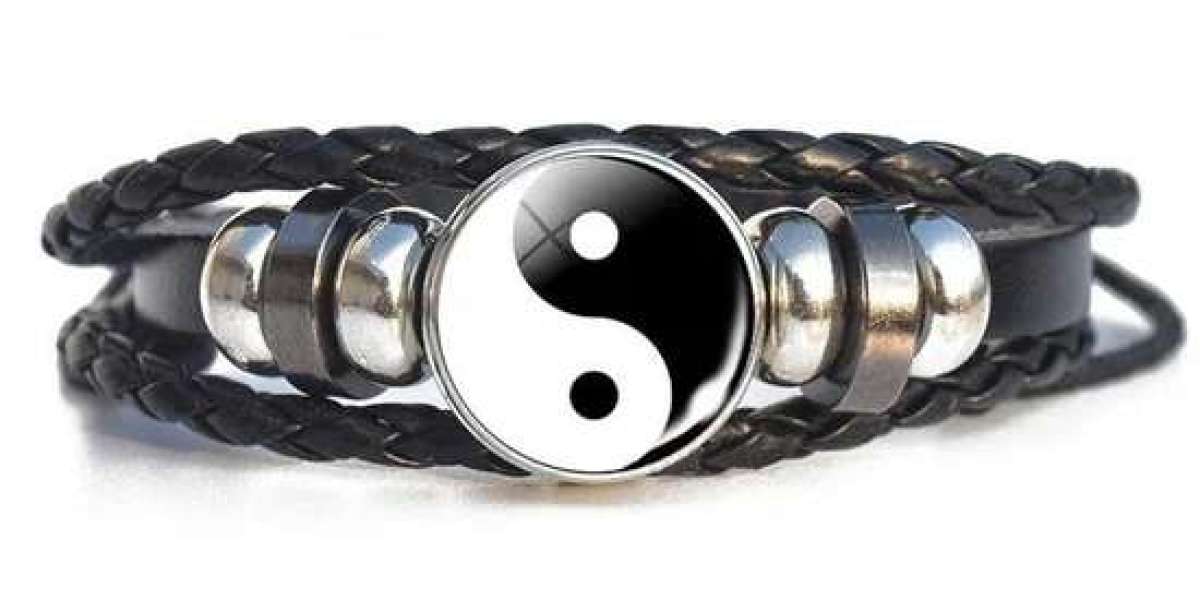1. Philosophical Foundations
Taoist bracelets are rooted in the philosophy of Taoism, a native Chinese spiritual tradition emphasizing balance, natural flow, and harmony with the universe (Tao). They often align with the Five Elements theory (wood, fire, earth, metal, water) and are used to enhance Qi (energy), ward off negative influences, and harmonize body and spirit.
In contrast, Buddhist bracelets, particularly those from the Mahayana or Theravāda traditions, are typically used as mala beads—tools for reciting mantras or counting breaths during meditation. The focus is on mindfulness, compassion, and the journey toward enlightenment.
Tibetan Buddhist bracelets, a subset of Buddhist prayer beads, are deeply influenced by Vajrayana practices. They often include symbolic materials like bone, bodhi seeds, or dorje charms, and are used in mantra chanting (such as “Om Mani Padme Hum”) to invoke specific deities or energies.
2. Material Significance
Taoist bracelets typically use materials believed to have protective or energetic qualities:
Peachwood to ward off evil spirits
Obsidian for protection and grounding
Citrine to attract wealth
Amethyst to enhance spiritual clarity
Buddhist malas traditionally consist of 108 beads, often made of sandalwood, rosewood, or lotus seeds—materials considered sacred or calming.
Tibetan malas may also feature turquoise, amber, or yak bone, reflecting their focus on impermanence and spiritual transformation.
3. Symbols and Functionality
Taoist bracelets often incorporate trigrams (bagua), yin-yang symbols, or Taoist talismans, each connected to metaphysical ideas and energetic alignment. They are worn for spiritual balance, health enhancement, and warding off inauspicious energies.
Buddhist and Tibetan malas are functional meditation tools. Their structure aids mantra repetition (japa), fostering focus and spiritual progress. The design may include counters, spacers, and a guru bead, marking the start and end of a mantra cycle.
4. Ritual Use and Blessings
Taoist bracelets may be blessed in a “kai guang” (开光) ceremony, often by a Taoist priest, to activate their spiritual efficacy. The ritual is intended to link the object with divine energy.
In Buddhism, malas are often blessed by monks or lamas, especially in Tibetan traditions, to carry the energy of recited mantras or the deity invoked during consecration.








